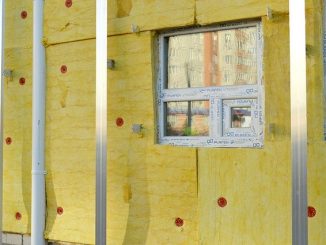
The energy storage in general, and especially the electricity storage, is now often seen as a potential “killer application” of the energy market, making intermittent energy sources such as solar and wind power, more desirable.
Beyond a certain level of penetration of these energy sources, the variations of the production level cannot be, at any time, fully amortized by consumers. Further increase their penetration rates, requires to ensure sufficient profitability to corresponding investments by avoiding loss of part of the production.
The storage comes as the way not to lose this production share, by reserving it for later consumption, particularly during peak consumption. Unlike some demand response programs (and some only!), the energy storage provides a solution that is invisible to the consumer and without impact to them.
In most press articles, as in some of the business plans I have had the opportunity to evaluate, the performance of the storage is never taken into account. However, no storage technology can reproduce all of the energy stored: one part is consumed by the energy conversions necessary for storing, by mechanical or thermal losses.
Super capacitors are probably the most efficient systems with efficiencies up to 90%. The best batteries barely exceed a yield of 80%. But some systems are struggling to reach 50%.
If we store energy, we must accept to lose some.
The economic reasoning on storage must incorporate this sometimes very influential parameter. To avoid unpleasant surprises, it is even recommended to validate the yield considered by tests on site, by comparisons with existing similar facilities. Many parameters observed in the field may reduce the performance provided by suppliers, established in more favourable conditions.




Leave a Reply